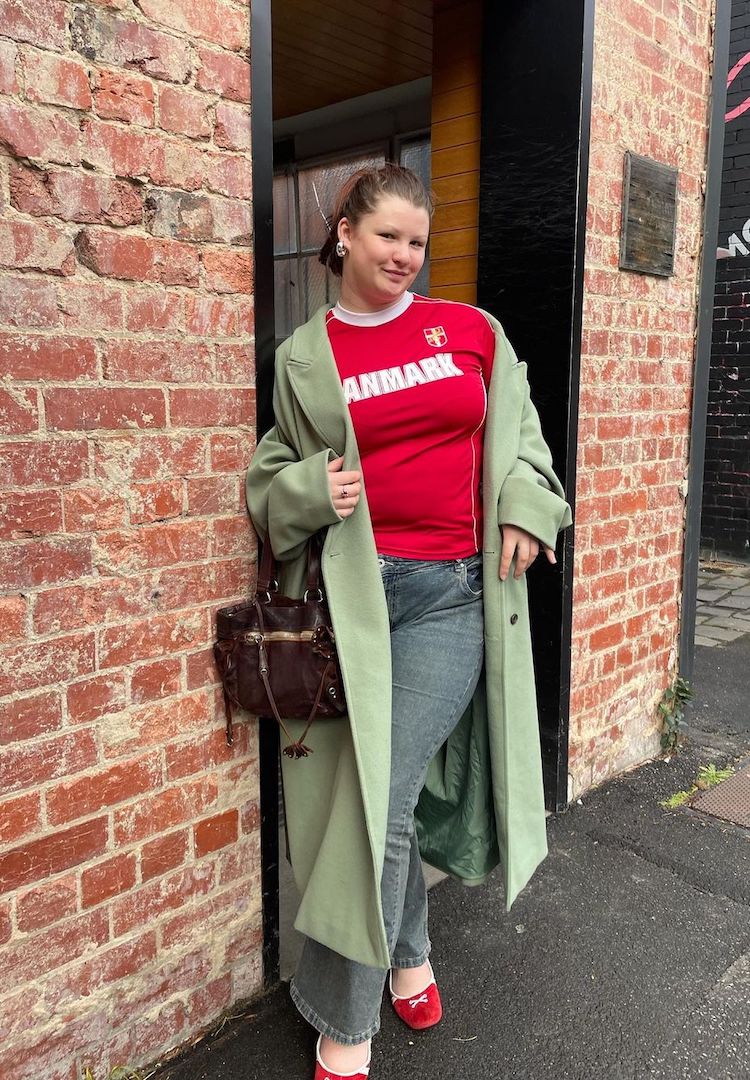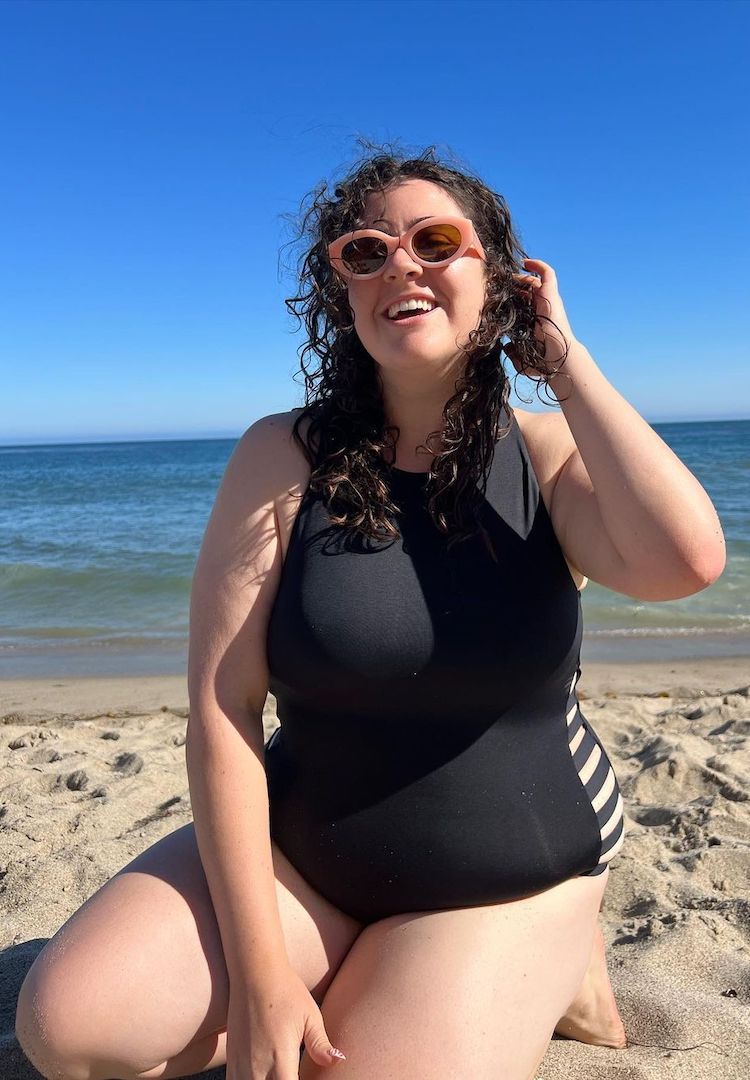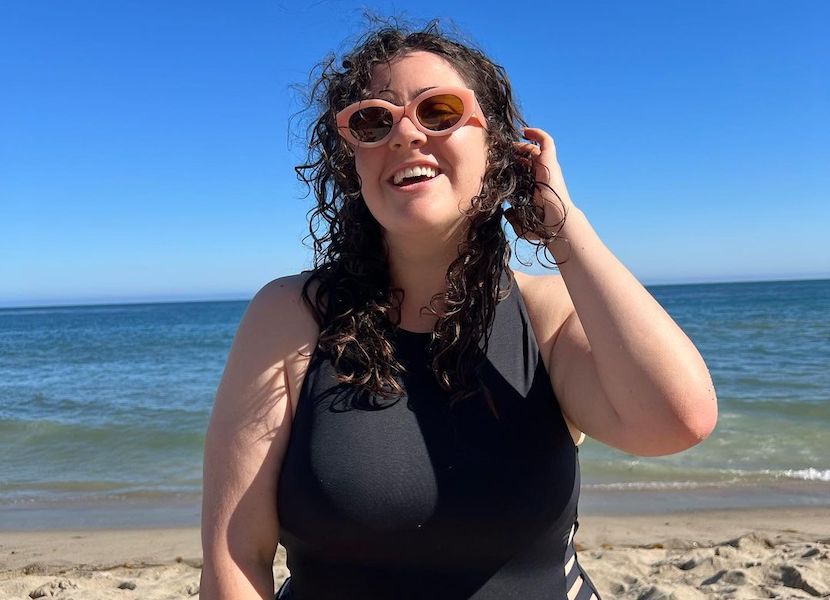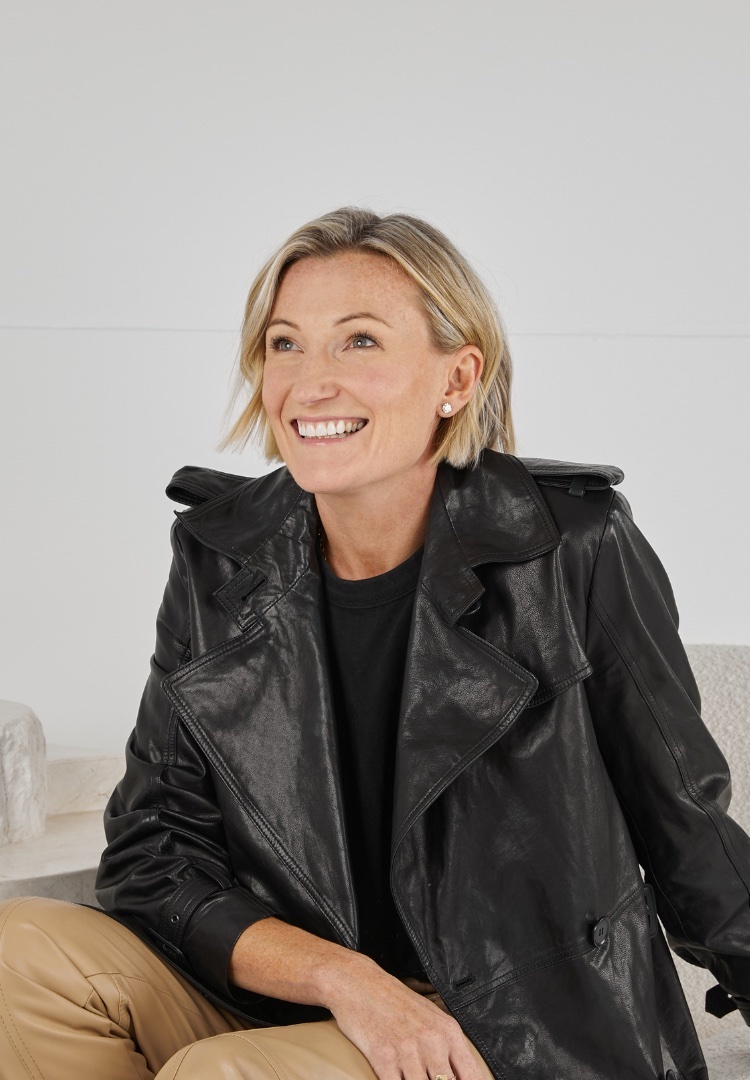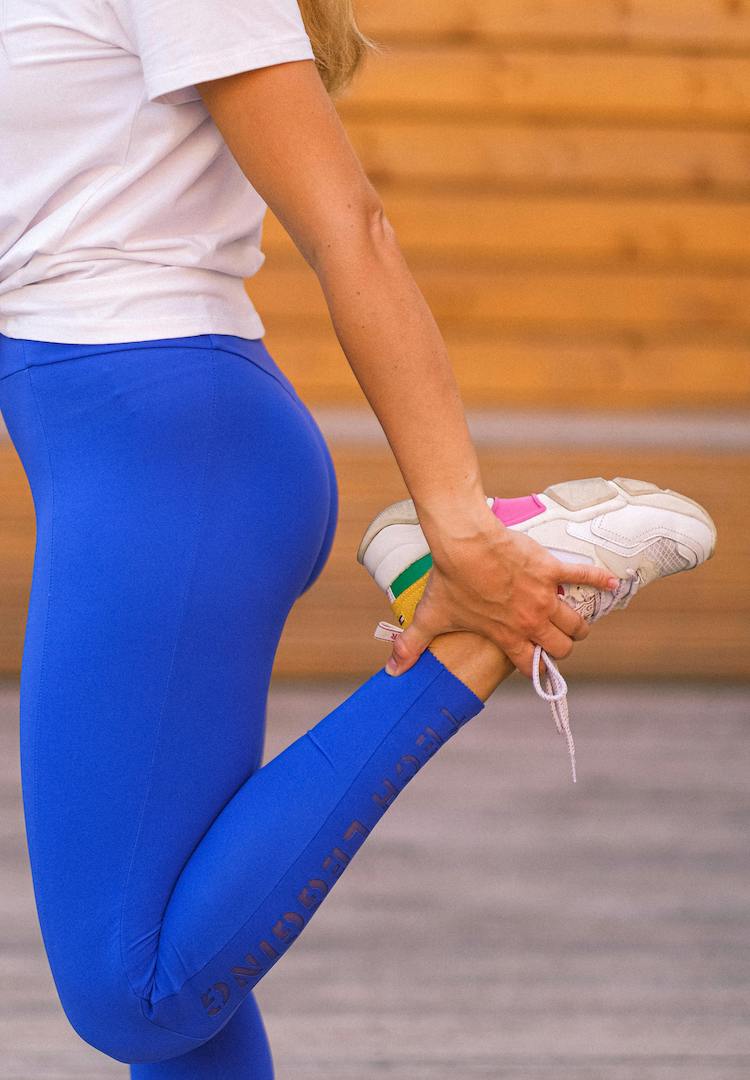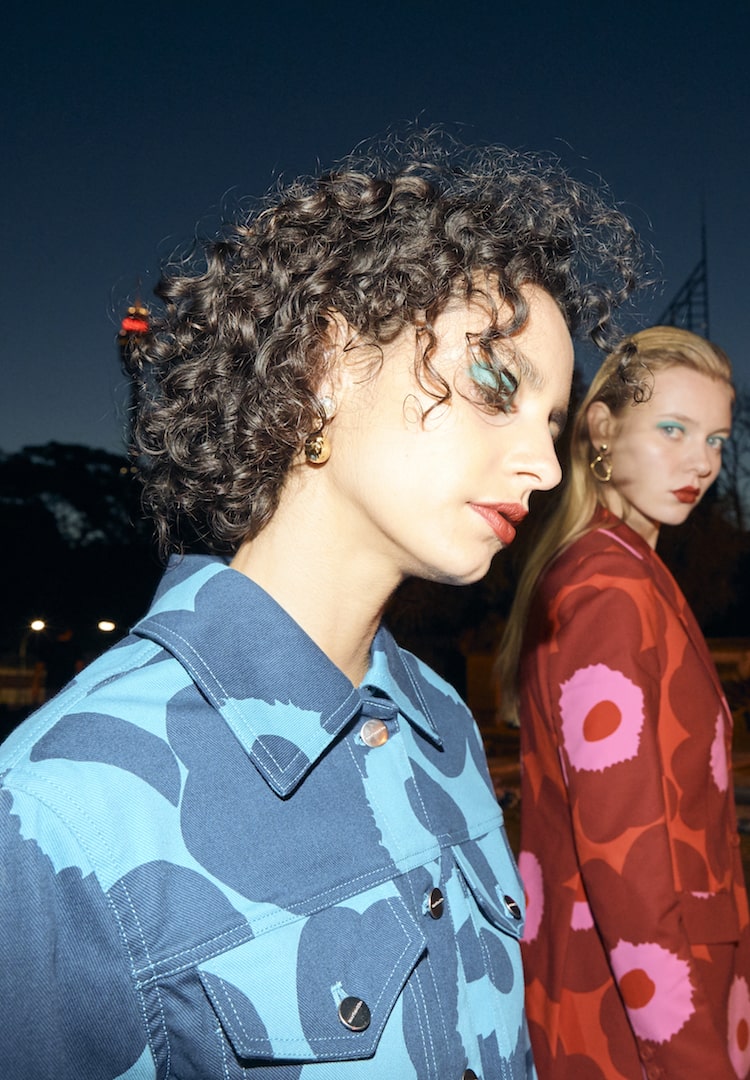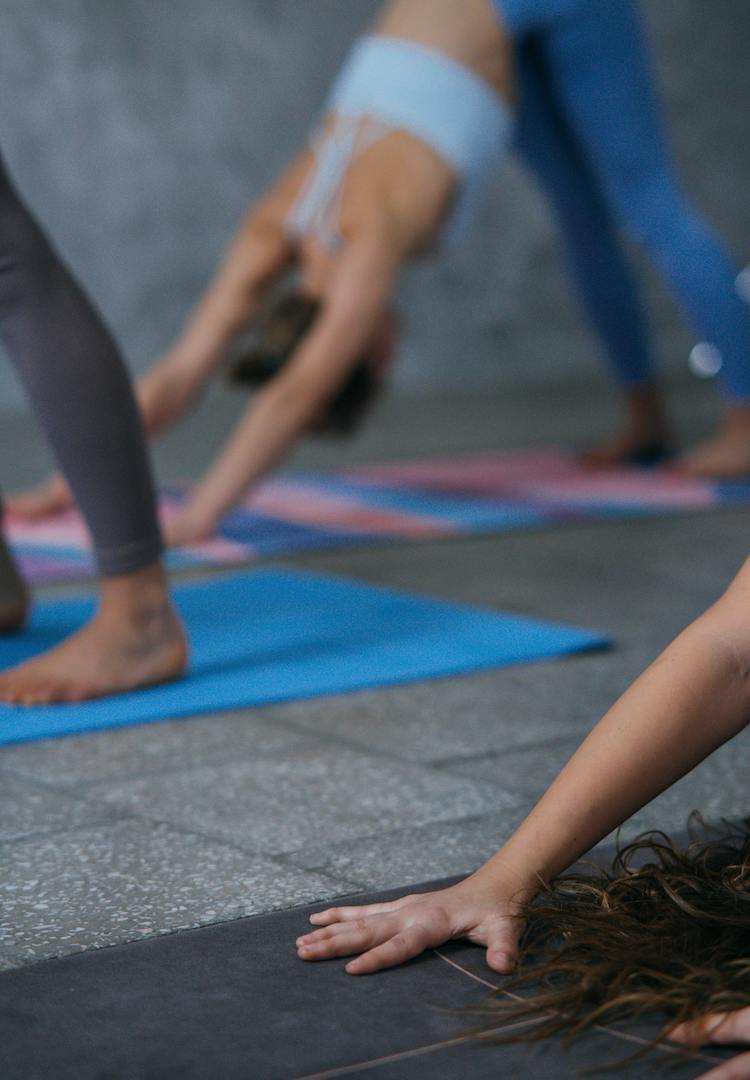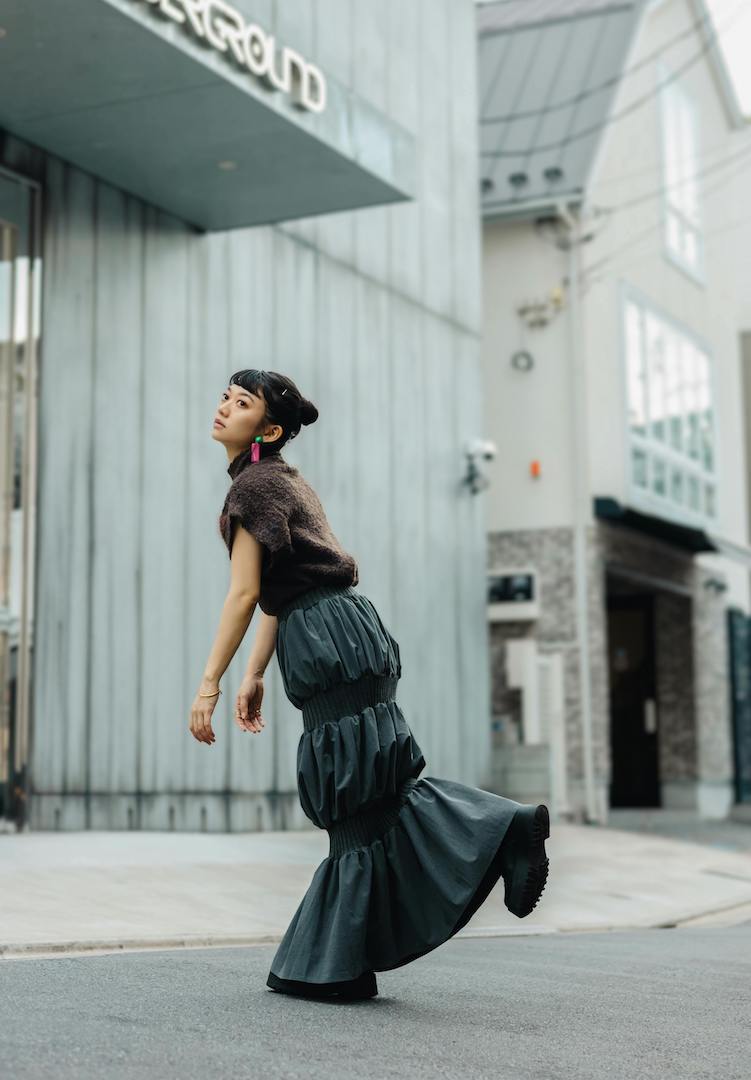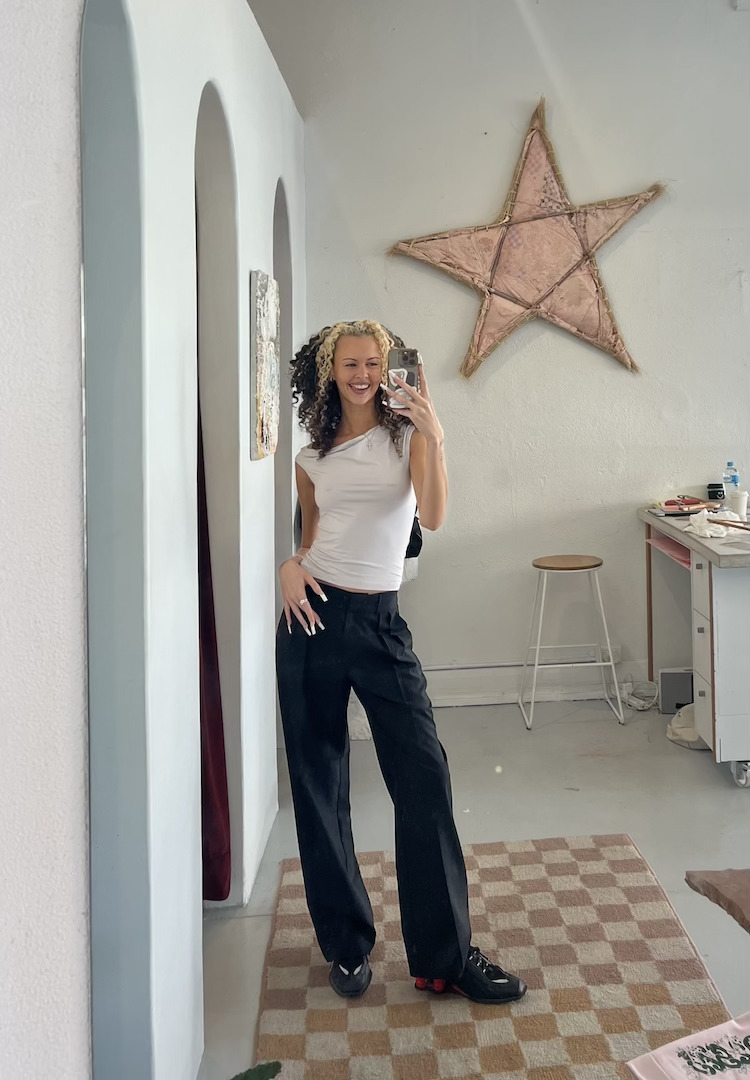“I’ve been an ‘apple’ all my life”: Here’s why fruit body shapes help no one
IMAGE VIA @jessfuchs/INSTAGRAM
WORDS BY JESS FUCHS
“The issue came from the insistence that body shapes dictate ‘right’ and ‘wrong’ ways to dress.”
I loved girly magazines growing up. Girlfriend, Dolly, Total Girl. Flipping through the pages with friends was a seminal part of growing up as an Australian child of the ’90s and ’00s. To this day, if someone rips a perforated edge anywhere near me I’m transported to being gathered with the girls around the sealed section of Dolly, like a pack of ravenous, cackling hyenas.
We were desperate for answers about our periods, our parents and our bodies. We’d study the pages like they were a sacred text. These were the days before we all had the internet in our pockets. Days when information found us, whether that was from a magazine article or your best friend’s older, cooler cousin.
For more fashion news, shoots, articles and features, head to our Fashion section.
The quizzes in the back were saved for sleepovers. The interviews with teen pop stars were combed over meticulously. The trendy outfits were aspirational and largely stayed in the two-dimensional glossy-paper realm. But the information that I could take on board and action was how to best dress for my body.
Now that I’m turning 30 and recently became an aunty to a girl, I’m fixated on my memories of learning (while still a blobby, shapeless pre-teen) that I have an ‘apple’ body shape. A common visual aid used by these magazines, pear, banana, strawberry and apple were the main produce items used in the name of helping young girls figure out how to best dress their fructosey figures.
The aforementioned fruits represented the good, bad and ugly of a woman’s body. Whatever the curves of your body, there was a fruit-based label with your name on it. Do you carry your weight on your thighs and stomach? Well, come on down and collect a basket of pears because you’re one. Top heavy with a tiny waist? You must love summer because you’re a sexy strawberry. No dips or curves, just a straight shot from your shoulders to your knees? Hello there, banana.
Connecting women’s bodies with food is nothing new. But for me, the issue came from the insistence that body shapes dictate ‘right’ and ‘wrong’ ways to dress. This is most often done to ensure a flattering look, and by ‘flattering’, I mean skinnier, smaller, thinner. As an apple, and a self-identifying Pink Lady at that, learning as a pre-teen that this body shape is best suited to covering up, made for a confusing relationship with clothes and my body.
After my fruit category and the corresponding clothes were bestowed upon me, I was desperate to change my shape. Mostly because all my suggestions were along the lines of, ‘Throw a tarp over you and head on out there to seize the day, girlfriend!’. My recommended pieces were so bland. Boring colours, no patterns and shapes I’d only seen old lady news anchors wear on TV. The most exciting items we got were pussy bows around your neck and weird ties on the side of your torso.
I was 13; I wasn’t trying to be the youngest 60 Minutes reporter. I wanted to look cute like my friends who were strawberries and pears. All the other fruits were given cool clothes: spaghetti strap singlets, off-the-shoulder tops and halterneck summer dresses. I was too young to know that this advice wasn’t to be taken as law.
One summer I fell in love with the idea of wearing a bikini. Still hipless, still a juicy round apple, and still self-conscious about my body, I settled on a tankini. It was my personal compromise because I wasn’t technically all sealed in like a sausage casing, otherwise known as wearing a full piece.
I spent the majority of the summer diving into the ocean and quickly adjusting myself to ensure my stomach wasn’t exposed. I was so conscious of not having that part of my body on show that I spent more time hiding rather than enjoying the swimmers I’d saved up to buy.
Over the last few years, I haven’t seen as many body-to-fruit comparisons. However, on the internet ether and beyond, the categorising of women’s bodies remains. And there is still the notion of a ‘good’ and ‘bad’ shape. The shift toward body representation has been great, but within the plus-size conversation, there still remains a hierarchy of the type of plus-size bodies that are desirable. It’s mostly pear-shaped plus-size women who are celebrated with their nice round bums, flat stomachs and curves in all the ‘right’ places.
As I look back at the way my body was portrayed, I now understand that for a long time, I perceived my apple body as poison. Like the apple in the Bible or from Sleeping Beauty, I saw it as a bad thing, something to cover up. But change has happened! And it continues to happen. As I look back, and more importantly, as I think about how to go forward, I have to acknowledge the changes that have occurred from my teen years to now.
Our bodies are still subject to derision, judgment and categorisation, but at least I feel no longer displayed next to other women like fruit and veg for purchase at Coles. And sometimes, a win is a win and it’s important to hold onto that as we continue moving forward to whatever body fru-topia looks like.
For more on body neutrality, head here.

